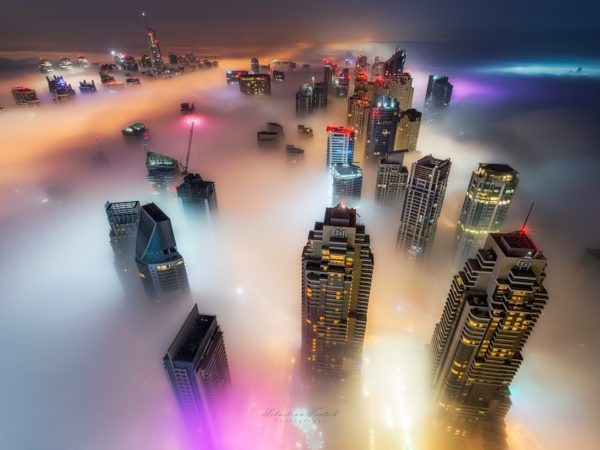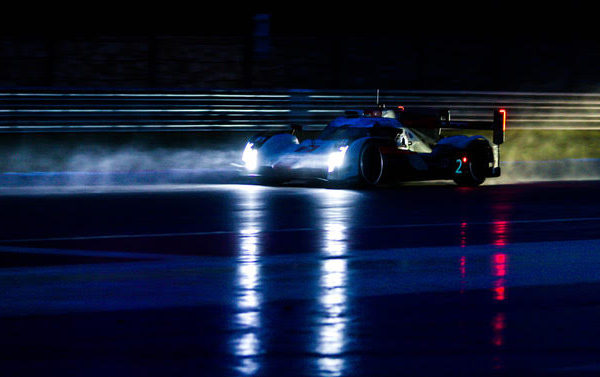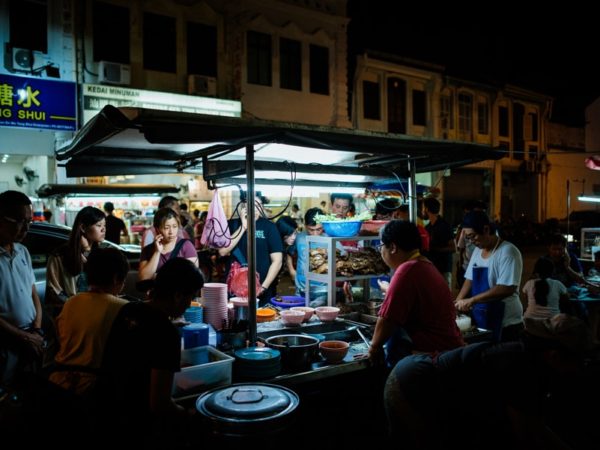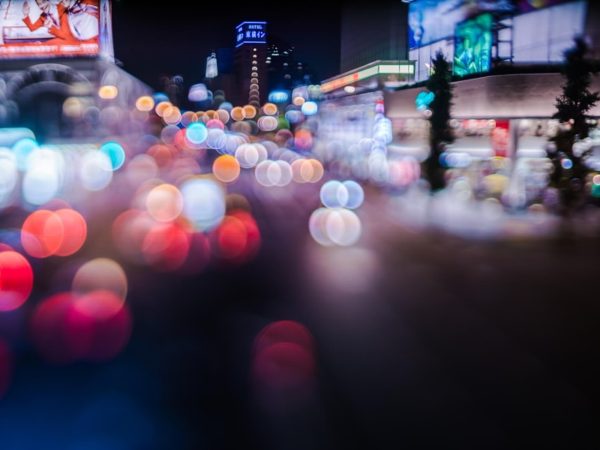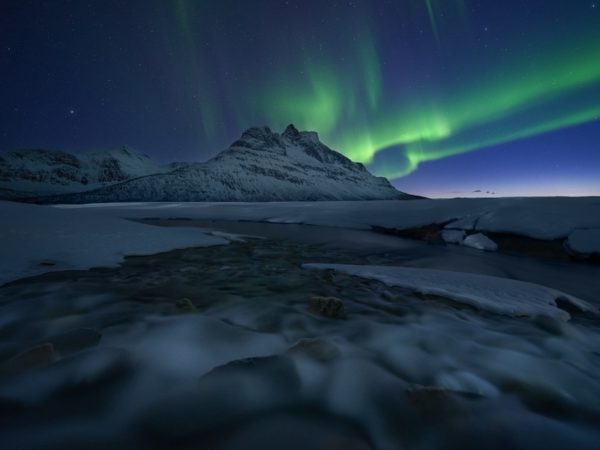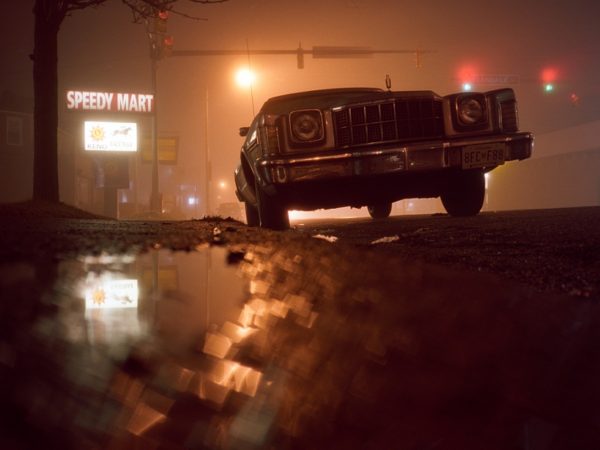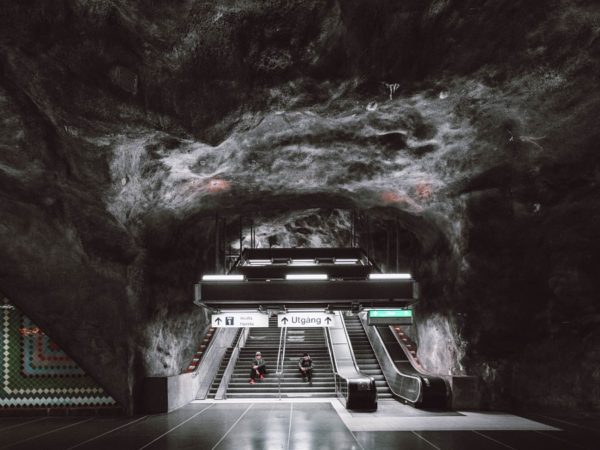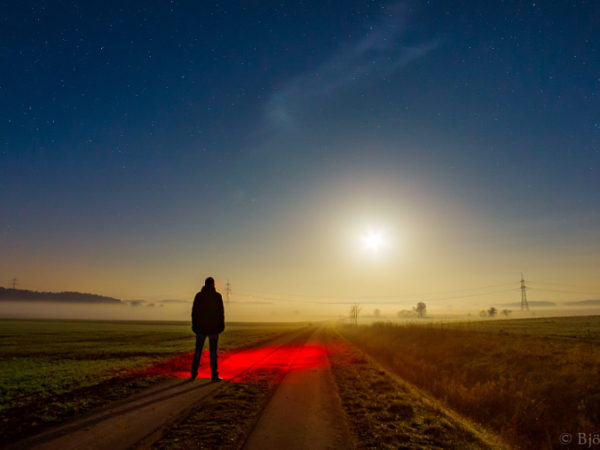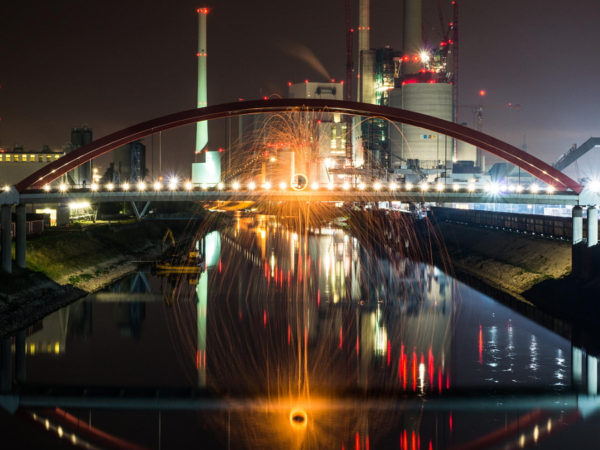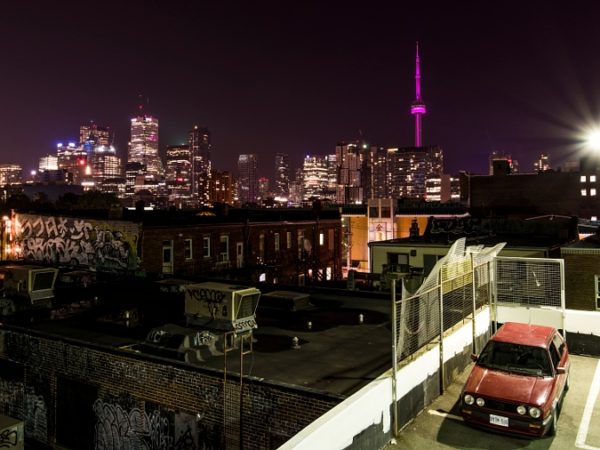Javier Conde Latou is an Argentinian photojournalist and graphic reporter living in Madrid. We had the chance to talk to him about his approach to astrophotography, as well as what a typical shoot looks like for him. Javier is a versatile photographer, but has a special talent at making abandoned sites and scenes come alive under the stars.
Where do you live, and what’s a typical day in your life like?
I was born in Argentina, and I have lived in Madrid for 15 years. I’ve dedicated myself to the world of photos for 31 years (I inherited the passion from my dad). I studied as a Graphic Designer but worked for a long time as a Graphic Reporter in Argentina. Now I work in a photo studio focusing on social and media. With night photography I’ve only been going for 2 years.
¿Dónde vives, y cómo es un día típico en tu vida?
Nací en Argentina, y vivo en Madrid desde hace 15 años. Me dedico al mundo de las fotos desde hace 31 años (heredé la pasión de mi papá). Estudié para Diseñador Gráfico pero trabajé mucho tiempo como Reportero Gráfico en Argentina. Ahora trabajo en un estudio fotográfico dedicándome a sociales y prensa. Con la fotografía nocturna solo llevo 2 años.
How do you plan out astrophotography photos ahead of time?
Nowadays there are many smartphone apps that facilitate planning nocturnal photographs, I personally combine several: one for the times of the stars, another for the orientation and rotation of the sun and moon, and one that simulates the path of the Milky Way.
¿Cómo planeas fotos de astrofotografía antes de tiempo?
Hoy en día hay muchas aplicaciones para el teléfono móvil que facilitan el programar las fotografías nocturnas, personalmente combino varias, una para los horarios de los astros, otra para la orientación y rotación del sol y la luna y una que simula la salida de la vía láctea.
How do you pick a location, decide which compositions to try, etc.?
I usually find the places on the internet (this takes a long time). I study light pollution maps, and look for specialized websites that list locations for nocturnal photos. Once I find the place, I like to see it during the day to anticipate any concerns, since they are almost always abandoned sites, and of course, the meteorological aspect (very important to know if there will be clouds and at what time). Once all this, or almost everything, is controlled, all that remains is to set the composition, which as always, I get several shots at.
¿Cómo elegir una ubicación, decidir qué composiciones para probar, etc?
Normalmente encuentro los sitios por internet (esta parte lleva mucho tiempo), estudio mapas de contaminación lumínica, busco en webs especializadas que indican ubicaciones nocturnas. Una vez que encuentro el lugar, me gusta verlo de día y prever cualquier incidencia, ya que casi siempre son sitios abandonados, y por supuesto estudiar el parte meteorológico (muy importante saber si va a haber nubes y a que hora). Una vez que todo esto, o casi todo, está controlado , solo queda ver la composición, que como siempre, lo consigo haciendo varias disparos.
How do you pass the time while waiting for your camera to finish capturing star trail photos, or while waiting for sunset/sunrise? Do you usually take photos alone or with other people?
My wife almost always accompanies me, we take advantage of the time to have a snack or some coffee, and to chat and play cards. The good thing about being up at night is that time almost always flies by. It is very important in winter to drink something warm. We also go out with friends – we get together a few and we tell our night stories, which are many.
¿Cómo se pasa el tiempo mientras espera a que su cámara termine de capturar las fotos de las pistas de las estrellas, o mientras espera la puesta de sol / amanecer?¿Usualmente tomas fotos solo o con otras personas?
Casi siempre me acompaña mi mujer, aprovechamos el tiempo cenando un bocadillo o tomando algún que otro café, charlando y jugando a las cartas. Lo bueno de las nocturnas, es que casi siempre, el tiempo se pasa volando. Muy importante en invierno tomarse algo calentito. También solemos salir con amigos, nos juntamos unos cuantos y nos contamos nuestras anécdotas nocturnas, que son muchas.
What is something about taking night sky photos that you think most beginners forget about?
A lot of the time, beginners forget about photographic composition, get obsessed with clouds or stars, and forgets to pay attention to the environment.
¿Qué es algo acerca de tomar fotos del cielo nocturno que crees que la mayoría de los principiantes olvidan?
Muchas veces el principiante se olvida de la composición fotográfica, se obsesiona con las nubes o estrellas, y no prestan atención al entorno.
How do you fit being awake at late hours of the night to do astrophotography into an otherwise regular schedule – how do you find time for that?
When I started with night photography, I could not stay awake all night, we were going to sleep at once, but now it is no problem to stay awake all night. Normally we only go out on Saturdays to have a Sunday to rest, but there will always be a friend who calls you on a weekday, so if we can go out, you have to take full advantage of it because life is very short. For 2 years I have chosen my holidays based on locations we’ve found for night photography.
¿Cómo encaja el estar despierto a altas horas de la noche para hacer la astrofotografía en un horario de lo contrario regular – ¿cómo encontrar tiempo para eso?
Cuando empecé en esto de la fotografía nocturna, no aguantaba toda la noche despierto, enseguida nos íbamos a dormir, ahora ya no supone ningún problema aguantar despierto toda la noche. Normalmente solo salimos los sábados para tener el domingo para descansar, pero siempre hay algún amigo que te llama un día entre semana y si podemos salimos, la vida es muy corta y hay que aprovecharla al máximo. Desde hace 2 años suelo elegir las vacaciones en base a las localizaciones que encontramos para nocturnas.
What has been your favorite photography experience/memory?
I will always remember with a lot of affection, my first and only aurora borealis in Iceland, since during the next 6 days we did not see them again due to the weather. It was a magical moment, you start to run like crazy looking for a beautiful frame, you want to photograph everything and you forget to enjoy the moment.
¿Cuál ha sido tu experiencia / memoria de fotografía favorita?
Siempre recordaré con mucho cariño, mi primera y única aurora boreal en Islandia, ya que durante los siguiente 6 días no las volvimos a ver porque el clima no nos lo permitió, fue un momento mágico, te pones a correr como loco buscando un encuadre bonito, lo quieres fotografiar todo y te olvidas de disfrutar el momento.
Could you tell me the story behind this photo (shown below)? How were you able to balance the light of the lighthouse with the sky behind it?
Coincidentally this is the photo I mentioned in the previous question. After a long journey from Spain, we landed at 4 in the morning in Reykjavik (Iceland) and due to the bad weather that was our one chance to see “the lady in green”, so we left all our bags in the hotel and went hunting, and after waiting 1 hour at the lighthouse shelter, it appeared. It was a unique moment. The photo in question is a panoramic composed of 5 vertical photographs shot with ISO 1600, f/4, and 6 sec exposure, combined using Lightroom. Fortunately the light of the lighthouse only came out in two photographs, so it is so balanced with the aurora, also the photo’s been edited a little on the computer.
¿Podría decirme la historia detrás de esta foto? ¿Cómo pudiste equilibrar la luz del faro con el cielo detrás?
Casualmente esta es la foto de la que hablo en la anterior pregunta, después de un largo viaje desde España, aterrizamos a las 4 de la madrugada en Reikiavik (Islandia) y debido al mal tiempo solo había una oportunidad de ver a “la dama de verde”, dejamos todas las maletas en el hotel y salimos a la caza, tras esperar 1 hora al refugio del faro, apareció. Es un momento único. La foto en cuestión es una panorámica compuesta por 5 fotografías en vertical disparadas con ISO 1600, f4, y 6 seg de exposición, unidas mediante Lightroom, afortunadamente la luz del faro solo me salió en dos fotografías, por eso esta tan equilibrada con la aurora, también tiene un poco de procesado en el ordenador.
All photos by Javier Conde Latou. Check out his website and 500px for more (links open in new tab).






